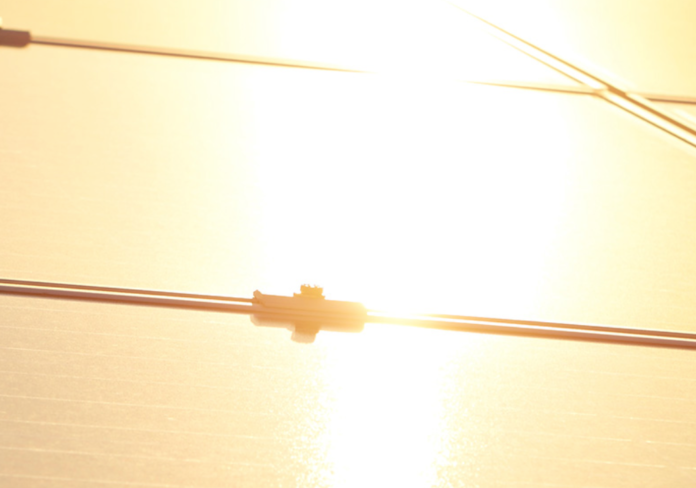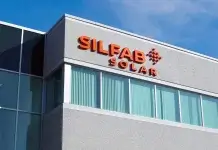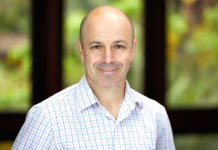Trina Solar Co. Ltd., a global photovoltaic (PV) and smart energy solutions provider, says the Vertex 600 W and 550 W series of glass-back sheet and dual-glass modules have passed the TÜV Rheinland Photovoltaic Module IEC standard serial test and obtained two certificates, IEC 61215 and IEC 61730.
The Vertex series became the first 600 W+ high-power PV module to achieve IEC certifications in the PV industry.
Trina Solar’s Vertex modules (600 W and 550 W), using 210 mm size cells, have high power, high efficiency and high reliability, suitable for large-scale ground-mounted PV power plants and large industrial and commercial rooftop projects, notes the company.
Besides Trina Solar’s PERC and multi-busbar technology, the company also adopts a low-voltage and high-string power design to increase the power of single-string modules by more than 40%. At the same time, it integrates non-destructive cell cutting and high-density cell interconnection. The modules with dual-glass structure also meet the highest fire protection rating of Class A of the IEC 61730 standard, enhancing operational safety and long term reliability.
“The Vertex ultra-high power module is based on the brand new 210/M12 cell technology, combining Trina’s technological experience and innovation,” says Dr. Zhang Yingbin, head of product strategy and the marketing department at Trina Solar. “Trina Solar has been cooperating with third-party organizations to jointly explore the testing methods and evaluation standards for the long-term reliability of modules. Reaching the TÜV Rheinland reliability certification is an authoritative third party recognition of the high reliability of the Vertex module.”
The short-circuit current (Isc) and maximum output power (Pmax) of the 600 W and 550 W modules have increased by more than 10% compared to last generation. According to the IEC 62915 photovoltaic module retest guidelines, various types of laboratory approvals and safety tests are required. The design-related qualification and type approval is done by applying temperature cycling (TC200), hot spot (HS) and diode heating and function (BD) tests. With a high string power feature, the module Isc is accordingly higher, increased test current shall be applied during these tests, which brings usually some challenges on the module design and materials. At the same time, due to the larger cell size and ultra-high- module current, the supporting junction box also has to be upgraded according to the IEC 62790 standard.
Photo: Trina Solar’s About Solar web page




